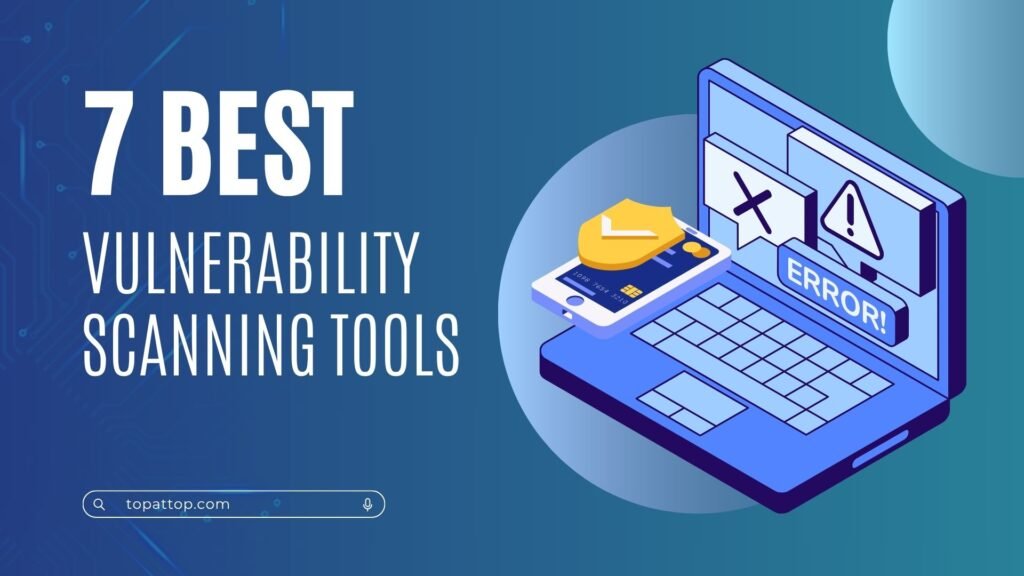In today’s digital world, protecting enterprise networks and systems from cyber threats is more important than ever. With the constant rise in cyberattacks, organizations must regularly check their systems for security weaknesses. This process is called vulnerability scanning. It involves using tools that scan systems, networks, and applications for known security flaws.
Vulnerability scanners help security teams find and fix these issues before hackers can exploit them. In this article, we will explore some of the top vulnerability scanning tools used by enterprises to keep their systems safe.
- Nessus
- OpenVAS
- Qualys Vulnerability Management
- Rapid7 InsightVM
- Microsoft Defender Vulnerability Management
- Acunetix
- Burp Suite
1. Nessus
Nessus, developed by Tenable, is one of the most widely used vulnerability scanners. It is known for its accuracy and large database of known vulnerabilities.
Key Features:
- Scans for over 70,000 vulnerabilities
- Easy-to-use interface
- Supports various operating systems, devices, and cloud environments
- Offers detailed reports with recommendations
Nessus is often used by IT professionals and security teams in both small and large organizations. It is available as a paid product, but there’s also a free version called Nessus Essentials with limited features.
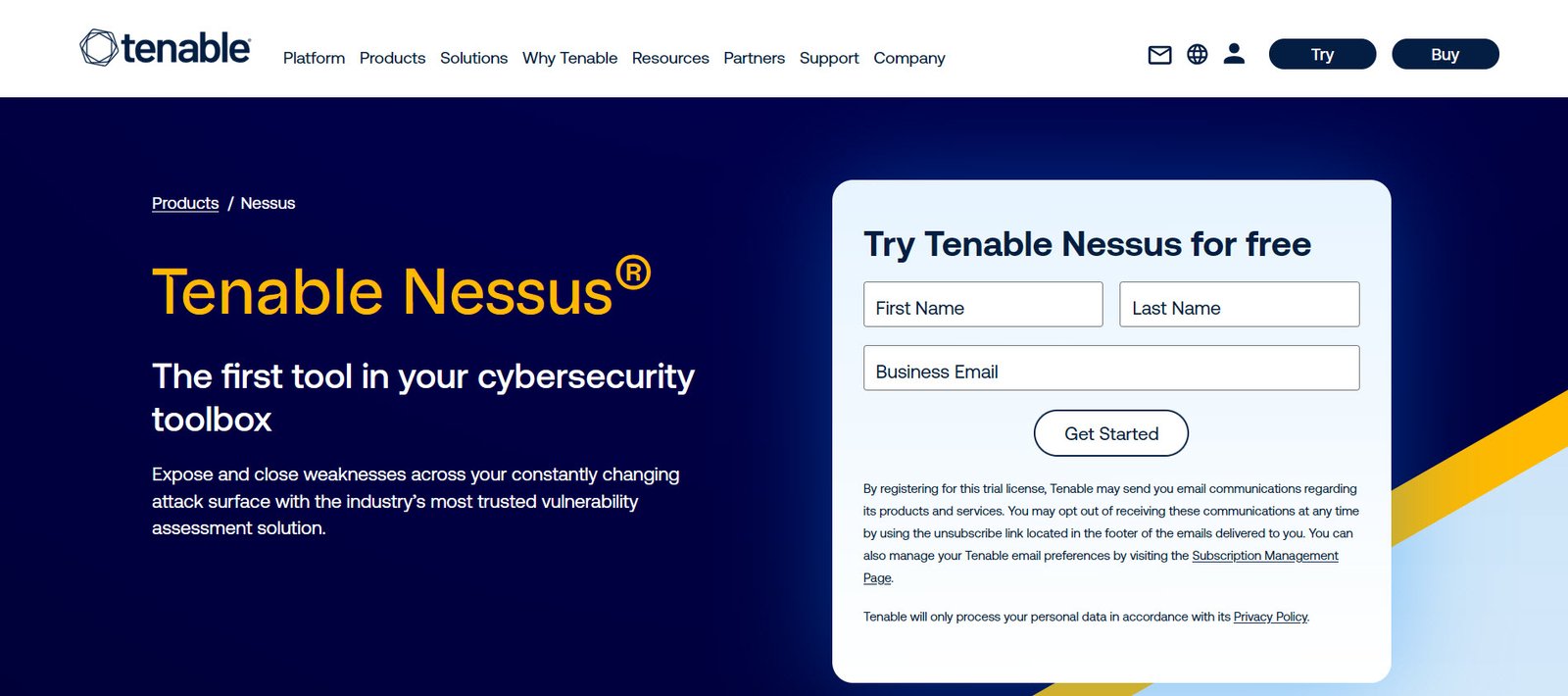
2. OpenVAS
OpenVAS (Open Vulnerability Assessment System) is an open-source tool that offers powerful vulnerability scanning capabilities. It is part of the Greenbone Vulnerability Management (GVM) system.
Key Features:
- Free and open-source
- Regularly updated with new vulnerabilities
- Supports both network and web application scanning
- Can be integrated with other tools for automation
OpenVAS is a great choice for organizations looking for a cost-effective yet strong vulnerability scanning tool. However, it may require more technical knowledge to set up and use effectively compared to commercial options.

3. Qualys Vulnerability Management
Qualys is a cloud-based security platform that offers vulnerability management along with other security features like compliance monitoring and asset inventory.
Key Features:
- Cloud-based – no need to install software
- Real-time monitoring of assets
- Scans networks, endpoints, and cloud infrastructure
- Easy integration with other enterprise tools
Qualys is highly scalable, making it a good fit for large organizations with thousands of devices and applications. Its cloud-first approach helps businesses manage security without adding complexity to their IT infrastructure.
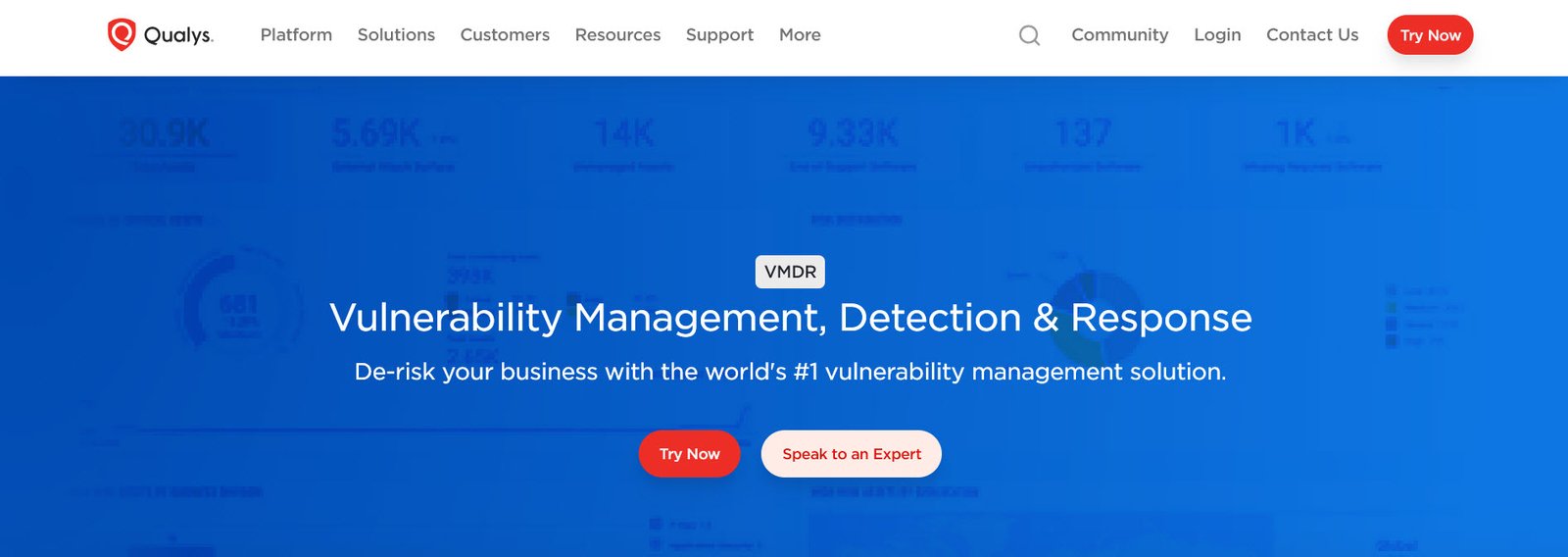
4. Rapid7 InsightVM
InsightVM is a vulnerability management tool from Rapid7. It builds upon the popular Nexpose scanner and adds more features for enterprise use.
Key Features:
- Real-time vulnerability detection
- Interactive dashboards and reporting
- Integration with ticketing tools like Jira
- Supports both on-premises and cloud environments
InsightVM helps security teams prioritize threats based on risk, not just the number of vulnerabilities found. This helps enterprises focus on what matters most and improve their overall security posture.
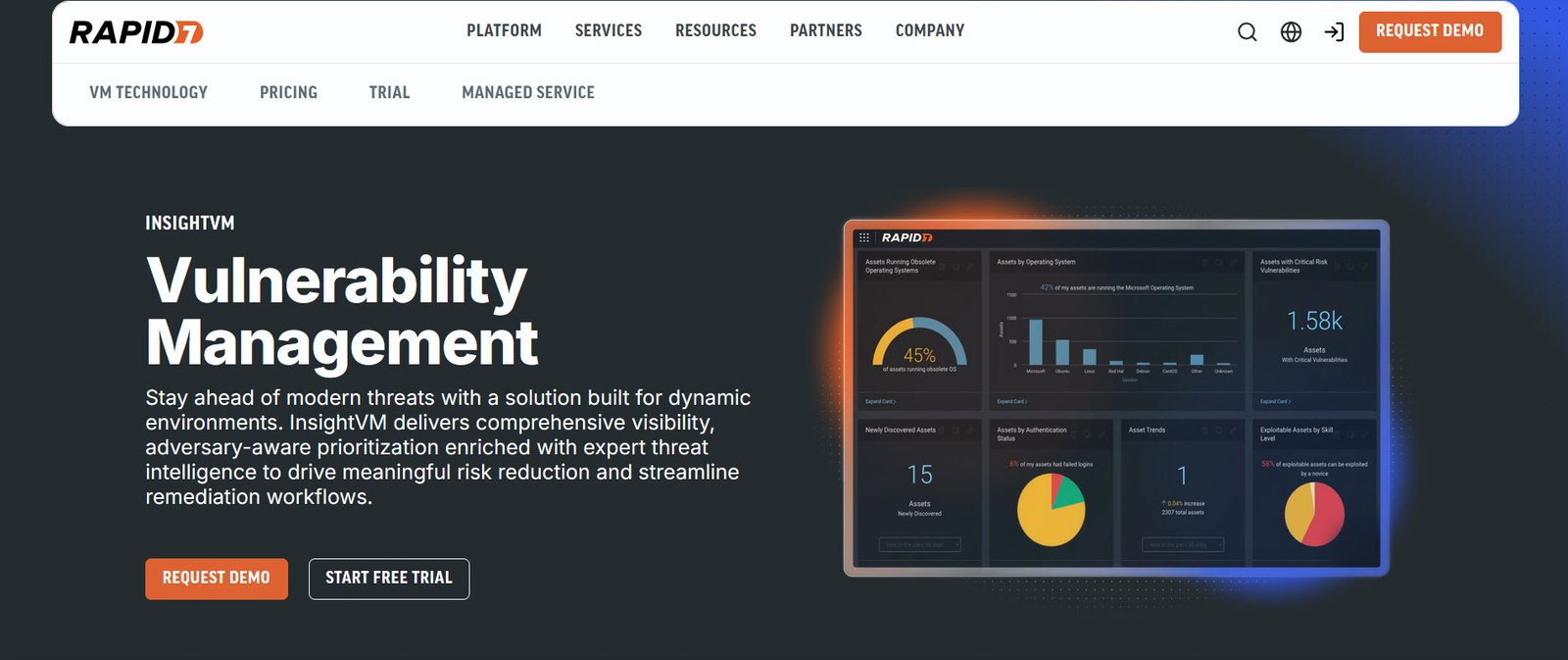
5. Microsoft Defender Vulnerability Management
Part of the Microsoft Defender suite, Defender Vulnerability Management offers built-in protection for Windows-based environments.
Key Features:
- Deep integration with Microsoft 365 and Azure
- Threat and vulnerability dashboard
- Real-time asset discovery
- Risk-based prioritization
For businesses that already use Microsoft’s ecosystem, this tool provides a convenient and efficient way to monitor and manage vulnerabilities.
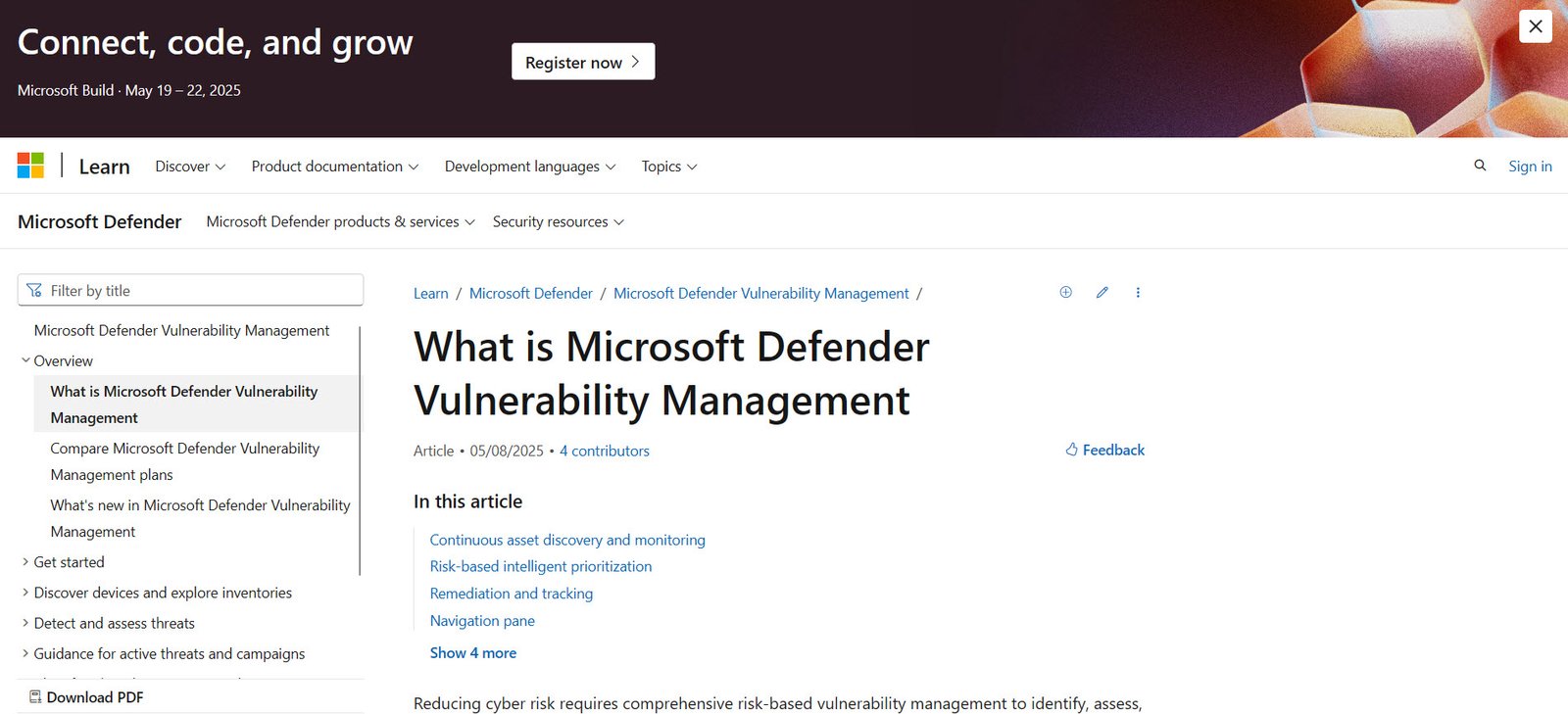
6. Acunetix
Acunetix focuses on web application security. It helps organizations find security issues like SQL injection, cross-site scripting (XSS), and other web-related flaws.
Key Features:
- Automated scanning of websites and web apps
- Supports over 7,000 security tests
- Advanced crawling and scripting engine
- Integrates with CI/CD pipelines
Enterprises that build and host web applications can use Acunetix to strengthen their online presence and avoid data breaches through web vulnerabilities.
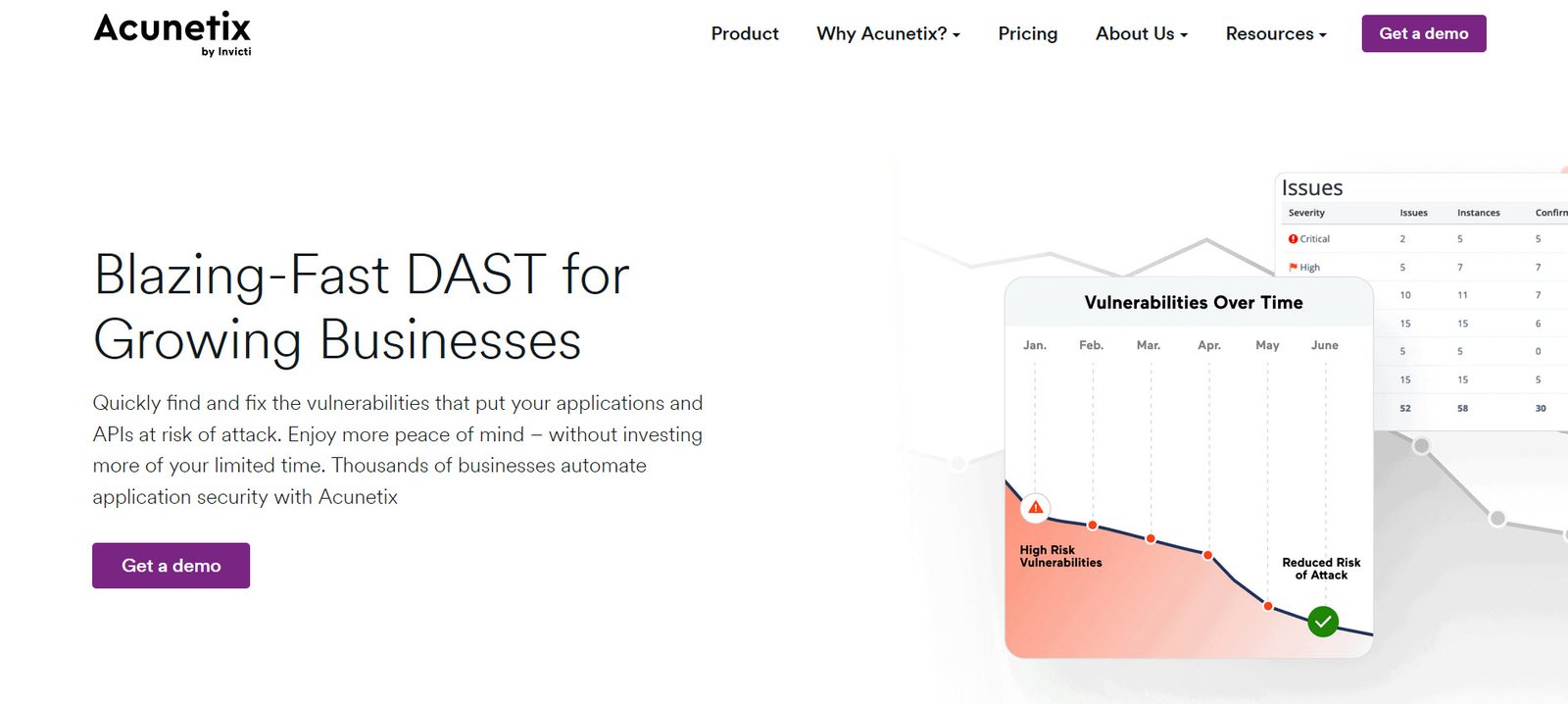
7. Burp Suite
Developed by PortSwigger, Burp Suite is a popular tool among penetration testers and security researchers. It offers both manual and automated scanning features.
Key Features:
- Web application vulnerability scanning
- Intercepting proxy for traffic analysis
- Extension support for custom features
- Free and paid versions available
Although it requires more manual work compared to other tools, Burp Suite is excellent for in-depth analysis of web security issues. The Burp Suite Professional version is widely used by enterprises and ethical hackers.
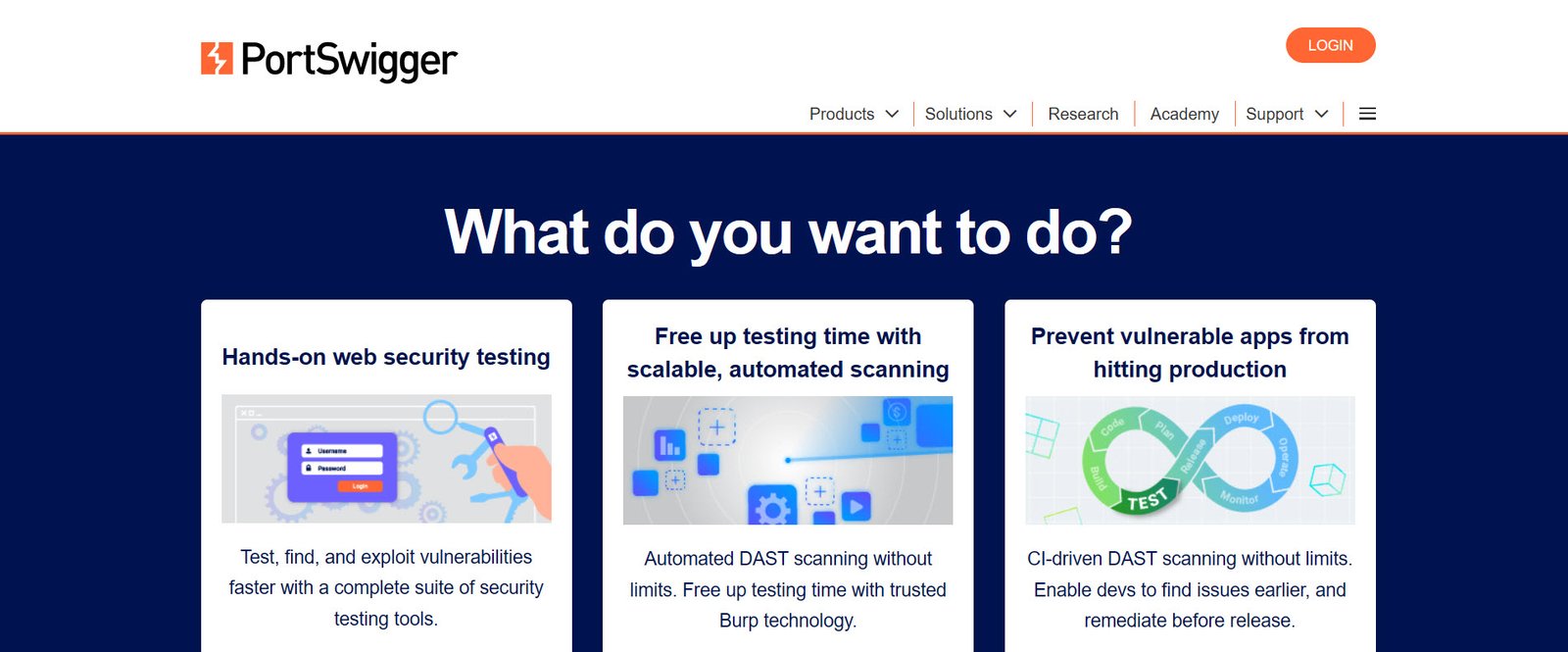
Final Thoughts
Vulnerability scanning is a critical part of any enterprise’s cybersecurity strategy. Regular scans help detect weaknesses before they become serious problems. By using the right tools, businesses can stay ahead of threats and protect their data, customers, and reputation.

